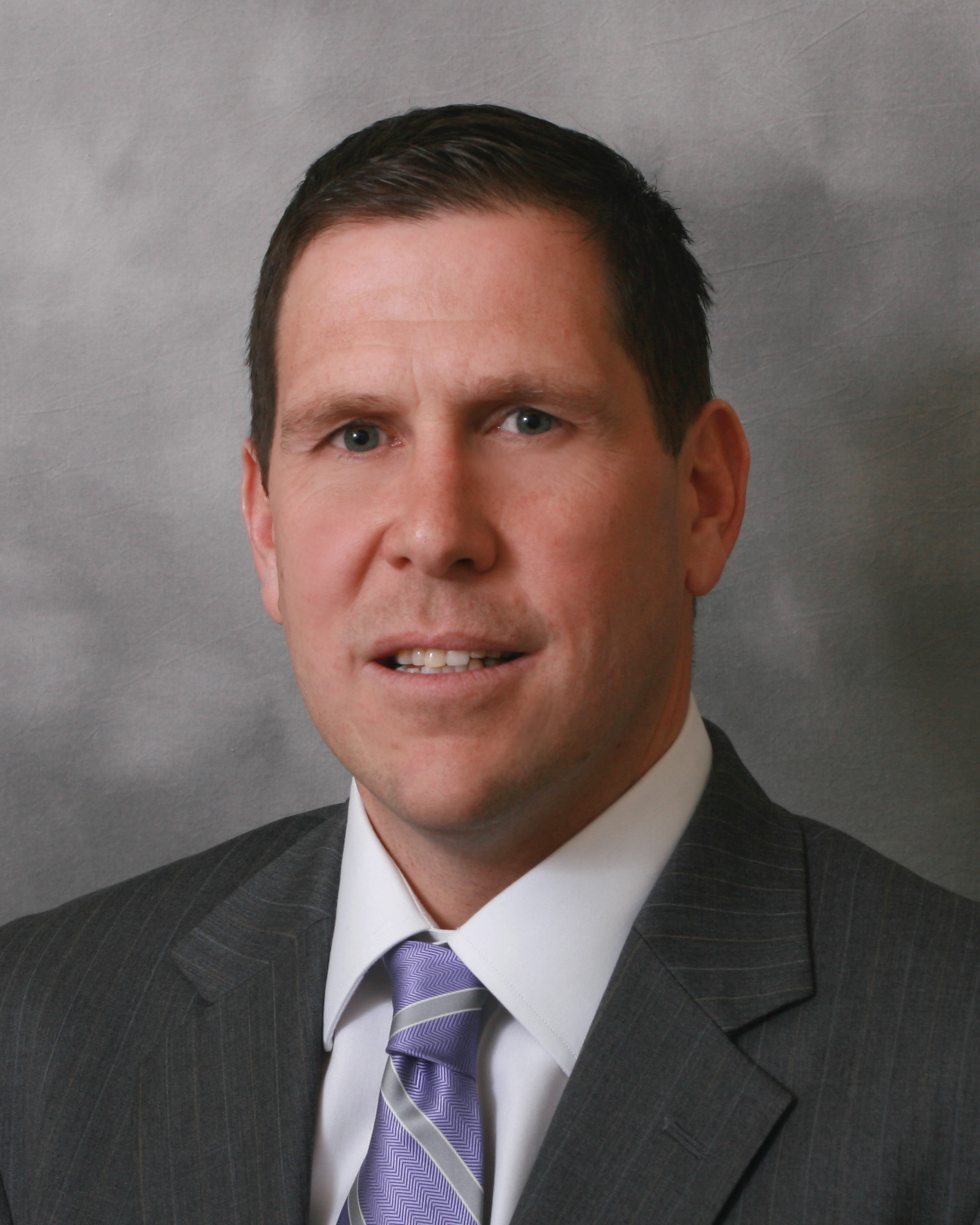
People are worried about their financial future, but are they saving enough for retirement?
I spoke to Ed Farrington, executive vice president at Natixis Global Asset Management about how benefits managers should communicate with employees about their retirement. He referenced the Natixis 2015 Retirement Plan Participant Study, which surveyed 1,000 employees with access to a workplace defined-contribution plan.
A quarter of those surveyed chose not to participate in the plan. Four out of 10 contributed less than 5 percent. And many had borrowed (37 percent) or withdrawn (30 percent) money from their retirement account before actually retiring. None line up with recommended practices, such as not accessing money in your retirement account until you retire and contributing 10 percent, as experts suggest.
Benefits managers, Farrington said, need to focus on employee motivation: What keeps them from participating in a plan? What provides an incentive to start saving for a comfortable retirement?
There are three major motivations: company match, tax benefits and time. If you can prove to people that by not participating in a plan they’re leaving money on the table, then most people will at least consider contributing to a plan. And, of course, the sooner people start saving for retirement, the less they actually have to contribute to reach their goal, thanks to the power of time.

“Showing people the power of money in an account is a compelling proposition to make [employees] realize they have a lot of control over their destiny when it comes to what will their life look like at retirement,” said Farrington. “They have control, and the sooner they can takecontrol the better.”
Interestingly enough, the millennial generation was the one that did the best at saving for retirement, according to this survey. Some start saving right out of college. People in this age group were more on track to reach their retirement goals than baby boomers or Generation X.
As a millennial, I wonder what the deeper reasoning is behind this. While many people in my generation deal with high rents, student loan debt and perhaps other type of debt, we also don’t own homes or support family members as much as people in older generations. We’re relatively young and healthy. I wonder if factors like these, or others, contribute to the generation’s level of preparedness for retirement? I don’t have the answer for this, but it seems like something worth looking into.
Finally, the third takeaway from this conversation was the importance of not only understanding what motivates people to participate, but also what motivates people to not participate. In every generation, the main thing that keeps people from contributing to a plan is debt, ranging from student loan debt to credit card debt. A third (34 percent) of those surveyed overall and 40 percent in Gen X, specifically, cited personal debt as a reason for not saving for retirement.
The concern here, Farrington said, is that while people are looking out for their short-term financial needs, meanwhile they’re sacrificing their long-term financial wellness. It’s important for benefits and HR managers to know that debt is keeping people from participating in plans, he added, and for them to educate employees, whether that’s through technology or face-to-face interactions.
Andie Burjek is a Workforce associate editor. Comment below or email at aburjek@humancapitalmedia.com. Follow Workforce on Twitter at @workforcenews.











